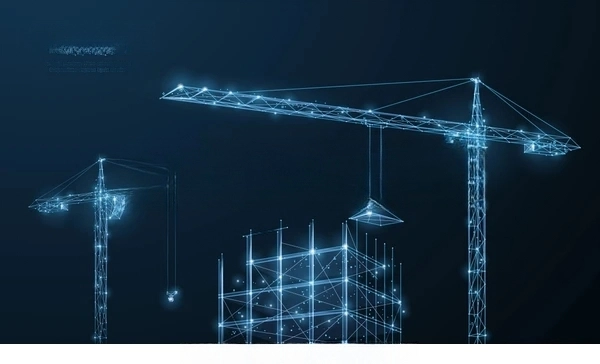Best Practices for Civil Construction
Civil construction is a broad term that encompasses various types of projects involving the design, construction and maintenance of infrastructure such as roads, bridges, tunnels, dams, airports and railways. Civil construction projects are often complex, large-scale and require coordination among multiple stakeholders, such as owners, contractors, engineers, architects, suppliers and regulators. To ensure the success of civil construction projects, it is essential to follow some best practices that can improve quality, efficiency, safety and sustainability.
Some of the best practices for civil construction are:
– Procurement: Procurement is the process of acquiring goods and services for a project, such as materials, equipment, labor and subcontractors. Procurement should be done in a transparent, competitive and ethical manner, following the principles of value for money, fairness and accountability. Procurement should also consider the environmental and social impacts of the goods and services procured, and seek to minimize waste and maximize reuse and recycling.
– Partnering: Partnering is a collaborative approach that involves establishing a long-term relationship between the owner and the contractor based on trust, mutual respect and shared goals. Partnering can help to reduce conflicts, enhance communication, align expectations, foster innovation and improve performance. Partnering can be formal or informal, and can involve other parties such as consultants, subcontractors and suppliers.
– Risk Management: Risk management is the process of identifying, analyzing, evaluating and treating the potential risks that may affect a project. Risk management should be done throughout the project lifecycle, from planning to completion, and should involve all the relevant stakeholders. Risk management should aim to prevent or mitigate the negative impacts of risks, and exploit or enhance the positive opportunities of risks.
– Value Management: Value management is a systematic method that aims to optimize the value of a project by balancing the needs and expectations of the stakeholders with the available resources and constraints. Value management involves defining the value criteria, analyzing the functions and performance of the project, generating and evaluating alternatives, and implementing the best solution. Value management can help to improve quality, reduce costs, increase benefits and satisfy customers.
– Benchmarking: Benchmarking is a process of comparing the performance of a project with similar projects or industry standards, in order to identify gaps, strengths and areas for improvement. Benchmarking can be done internally or externally, and can cover various aspects such as quality, cost, time, safety and sustainability. Benchmarking can help to set realistic goals, measure progress, learn from best practices and enhance competitiveness.
– Supply Chain Management in Construction: Supply chain management in construction is the process of managing the flow of materials, information and money among the parties involved in a project, from suppliers to customers. Supply chain management in construction should aim to optimize the efficiency, effectiveness and responsiveness of the supply chain, by integrating planning, coordination and control. Supply chain management in construction can help to reduce inventory costs, improve delivery times, increase quality and reliability, and foster collaboration.
– Whole Life Costing: Whole life costing is an approach that considers all the costs associated with a project over its entire lifecycle, from inception to disposal. Whole life costing includes not only the initial capital costs, but also the operating costs, maintenance costs,
repair costs, replacement costs and disposal costs. Whole life costing can help to make informed decisions based on long-term value rather than short-term savings.
– Health and Safety in Construction: Health and safety in construction is a priority that involves protecting the health and well-being of all the people involved in or affected by a project,
such as workers, customers, visitors, and communities. Health and safety in construction should comply with the relevant laws and regulations, and follow the best practices of risk assessment, hazard identification, accident prevention, emergency response, training, awareness and reporting. Health and safety in construction can help to prevent injuries, illnesses, fatalities and legal liabilities.
– Lean Construction Practice: Lean construction practice is a philosophy that aims to eliminate waste
and maximize value in a project, by applying the principles of lean thinking, such as customer focus, continuous improvement, flow optimization, pull planning, value stream mapping and waste reduction.
Lean construction practice can help to increase productivity, quality, efficiency and customer satisfaction.
– Sustainable Construction Practice: Sustainable construction practice is an approach that aims to minimize the environmental, social and economic impacts of a project, by following the principles of sustainability, such as resource efficiency, energy efficiency, water efficiency, waste management, pollution prevention, biodiversity conservation, social responsibility and economic viability. Sustainable construction practice can help to reduce greenhouse gas emissions, conserve natural
In Conclusion
resources, improve social equity and economic stability, and enhance the overall quality of life. Best practices for civil construction include procurement, partnering, risk management, value management, benchmarking, supply chain management, whole life costing, health and safety, lean construction, and sustainable construction practices. These practices can improve the quality, efficiency, safety, and sustainability of civil construction projects, and ensure their success.



